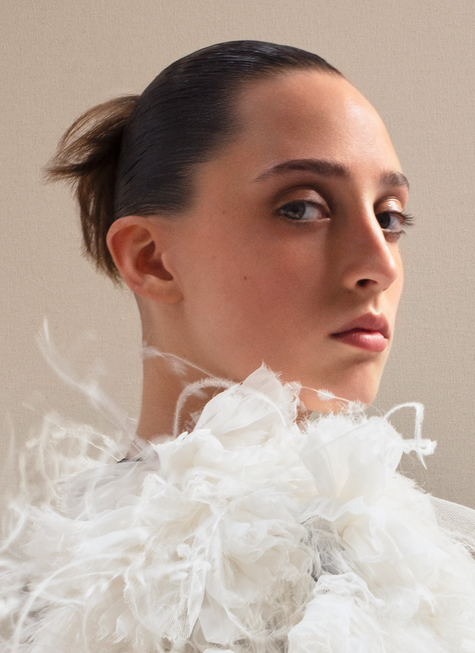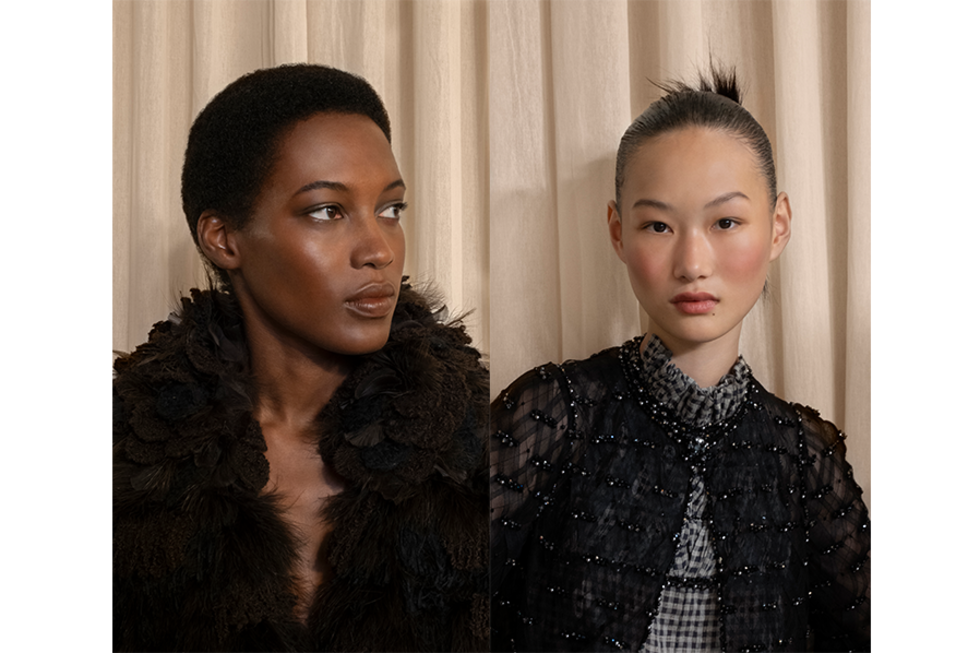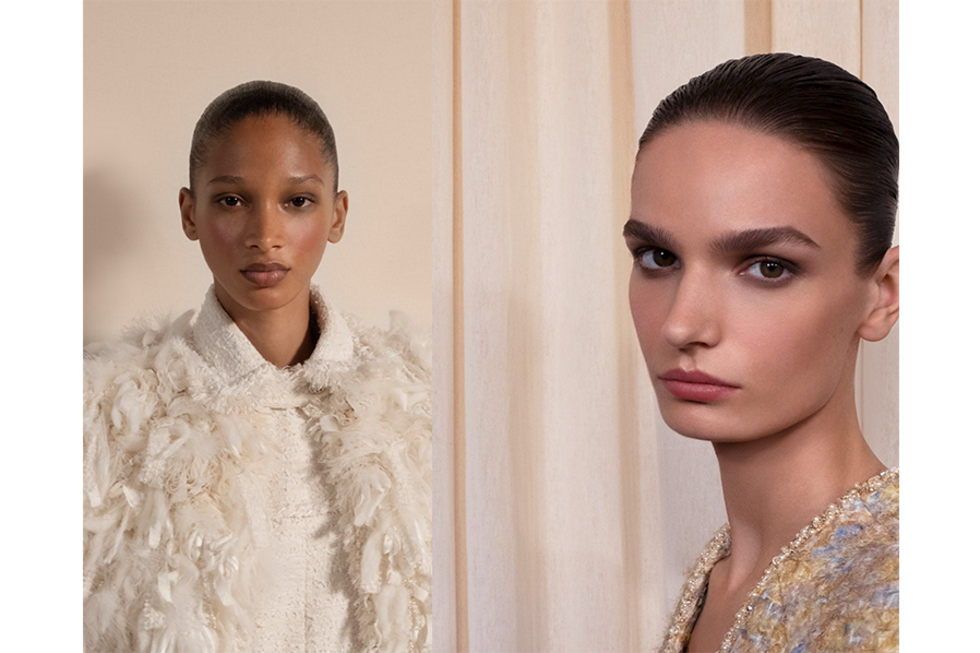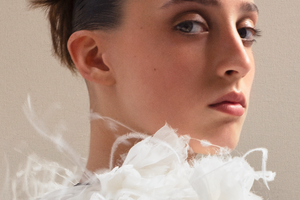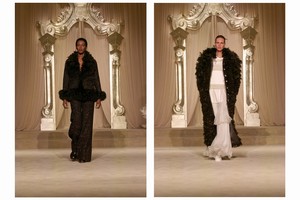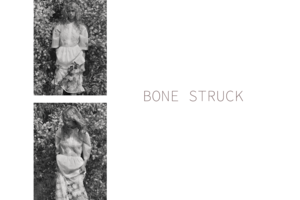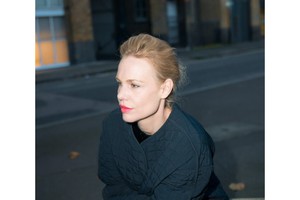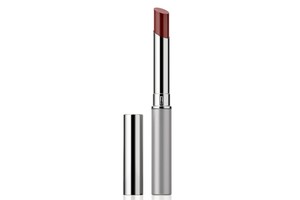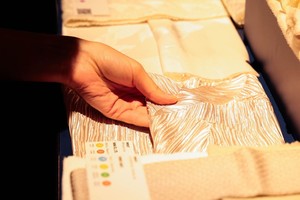Chanel Beauty Fall & Winter 2025-2026 Haute Couture Show
Written by Fashion TalesMAKEUP STEP BY STEP
COMPLEXION:
Apply LES BEIGES TOUCHE DE TEINT with the 2-IN-1 FOUNDATION BRUSH 101.
Correct any imperfections of the face using LE CORRECTEUR DE CHANEL with the RETRACTABLE DUAL-ENDED CONCEALER BRUSH N°105.
Apply LES BEIGES – CRÈME BELLE MINE ENSOLEILLÉE along your hairline, down to your cheekbones, and then along your jawline to recreate a natural sun-kissed effect.
With the BLUSH BRUSH N°110, apply JOUES CONTRASTE INTENSE ROSE RADIANT on your cheekbones.
Blend it outwards, continuing high on the temples.
EYEBROWS:
Brush the brows with the DUAL-ENDED BROW BRUSH N° 207, then fill in with the STYLO SOURCILS HAUTE PRECISION.
EYES:
Apply the taupe shade (HR) of LES 4 OMBRES 308 CLAIR-OBSCUR on all over the eyelids and along the lower lashes. Add a touch of the darker shade (LR) on the outer corners lifting to create an almond shape. Blend edges lightly with DUAL ENDED RETRACTABLE DUAL-ENDED EYESHADOW BRUSH N°200.
Curl lashes using LE RECOURBE CILS DE CHANEL – EYELASH CURLER. Layer several coats of LE VOLUME DE CHANEL – 10 NOIR mascara on top lashes.
LIPS:
Apply ROUGE ALLURE VELVET 77 AFFRANCHI all over the lips. Add on the top BAUME ESSENTIEL TRANSPARENT.
NAILS:
Prepare the nails with a coat of LA BASE CAMÉLIA.
Set up with LE VERNIS 401 BEACH ICON, fix and add shine with LE GEL COAT.

